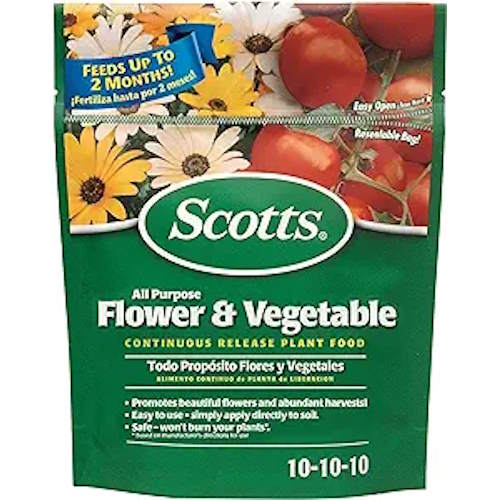Agapanthus put on the best display when routinely fed in spring and summer – discover exactly when to fertilize and the best products to use
Whether growing in the ground or pots, agapanthus benefits from a regular feeding regime
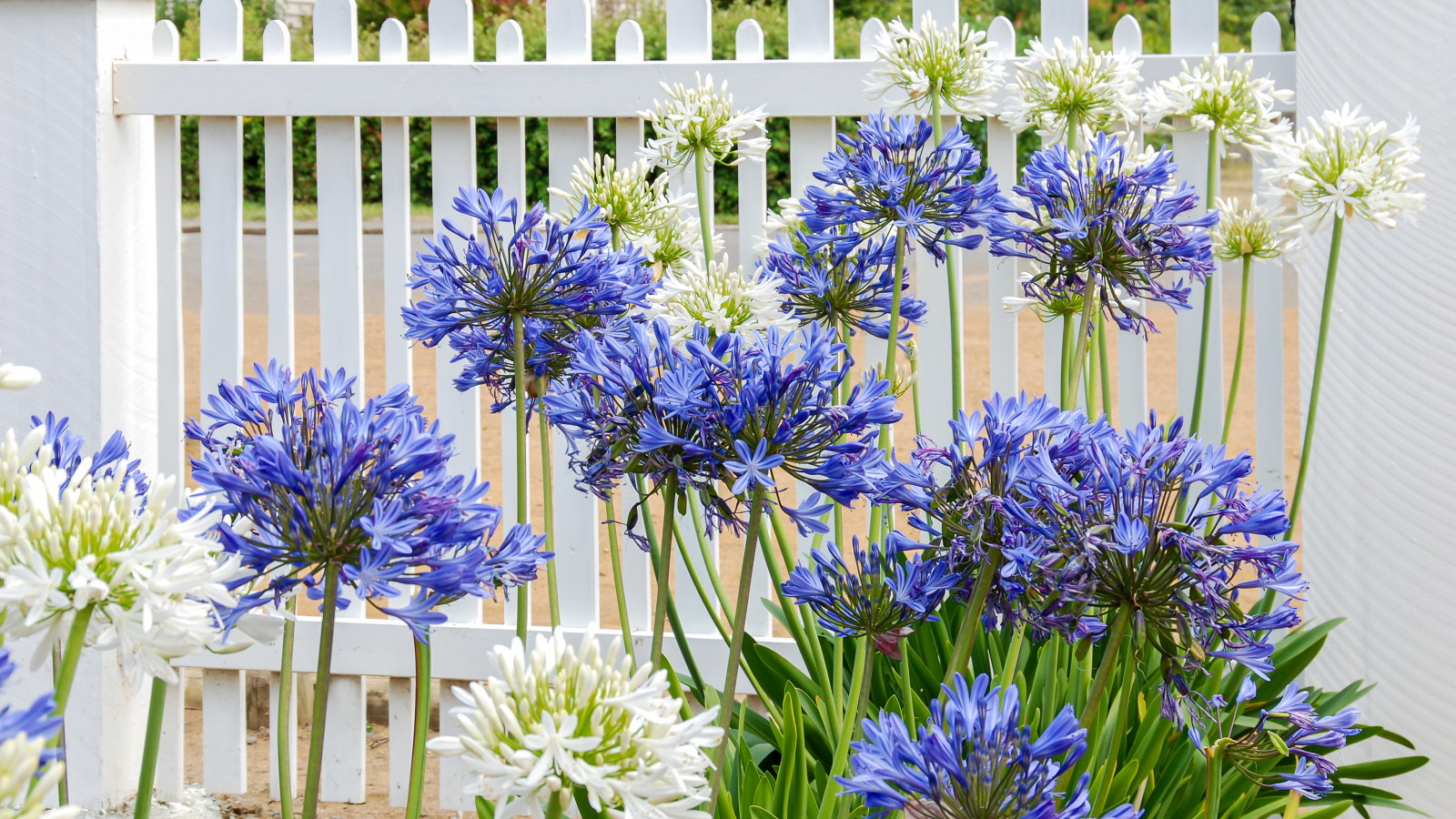

Agapanthus are striking perennials with showy bell or trumpet-shaped blooms that bring drama and interest in summer. These blooms are often blue or purple, but also come in shades of pink or white, and they always impress whether growing in the ground or containers in full sun.
Also known as Lily of the Nile and African Lily, they can grow up to three feet tall or more, depending on the variety, and the dramatic blooms reach a substantial size. Unsurprisingly, this level of growth each year makes agapanthus heavy feeders that require lots of nutrients. That, in turn, means taking time to fertilize agapanthus is an important part of annual care.
When you grow agapanthus, they need regular attention, which can include protecting them during winter in cold climates. Certainly, if you want strong displays, you do need to fertilize agapanthus multiple times a year. This guide highlights when to fertilize agapanthus both in the ground and containers, along with the best types of feed to use.
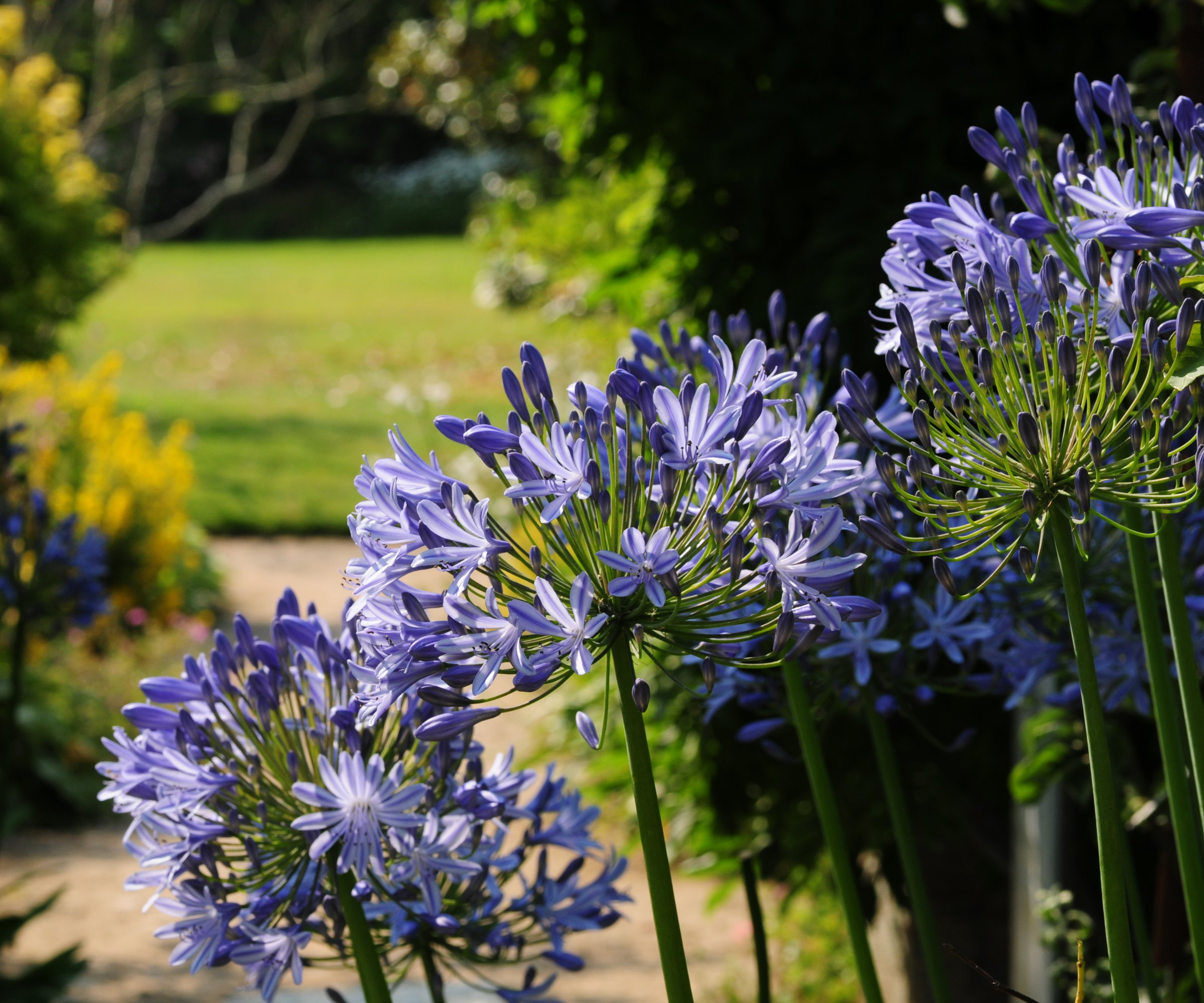
When and how to fertilize agapanthus – the need for a good routine
Agapanthus perform best with 6-8 hours of sunlight each day, although it can prefer some afternoon shade in warmer US hardiness zones. The plants want rich, well-drained soil and can thrive as patio plants in containers on a sunny patio or deck.
Putting on such a display of colorful blooms requires a lot, so taking time to feed the soil and boost the nutrient levels is essential. Fertilizing is extra important if you grow them in container gardens, where there are limited resources in the soil within their pots.
When to fertilize agapanthus

Agapanthus can flower from 6 to 12 weeks from summer into fall, depending on the variety. A good fertilization schedule ensures plants have all the required nutrients at the right time to sustain the show. So, when exactly should you fertilize agapanthus annually to ensure great flowering?
To start with, always fertilize agapanthus at the time of planting, which is ideally done in springtime. Then, it is best practice to establish a good routine of feeding plants each year to get a good display.
'Agapanthus should receive routine fertilization during the spring and summer growing season,' say experts from the University of Arkansas System Division of Agriculture.
Such a routine should include a feed early in spring, when the agapanthus comes out of dormancy and starts growing strongly for the season. This helps develop healthy leaves, and is followed by an additional application of fertilizer around two months later.
You can also fertilize agapanthus again once it starts blooming, if it needs a pick-me-up, but it is advisable to stop feeding once the flowering cycle ends, as the plant wants to focus on preparing for dormancy. Feeding after summer can disrupt the plant’s natural life cycle.
For agapanthus growing in pots, they benefit from a feed in spring, but then also need feeding at least every two weeks until the plants bloom.
It is important to pick the right fertilizers for this, as experts at the University of Wisconsin-Madison’s Extension Horticulture Program warn: 'During the growing season, containers can be fertilized lightly; overfertilization will result in lanky growth.'
Now you know when to fertilize agapanthus. Let’s next look at how to feed, along with what the best fertilizer for agapanthus is.
How to fertilize agapanthus
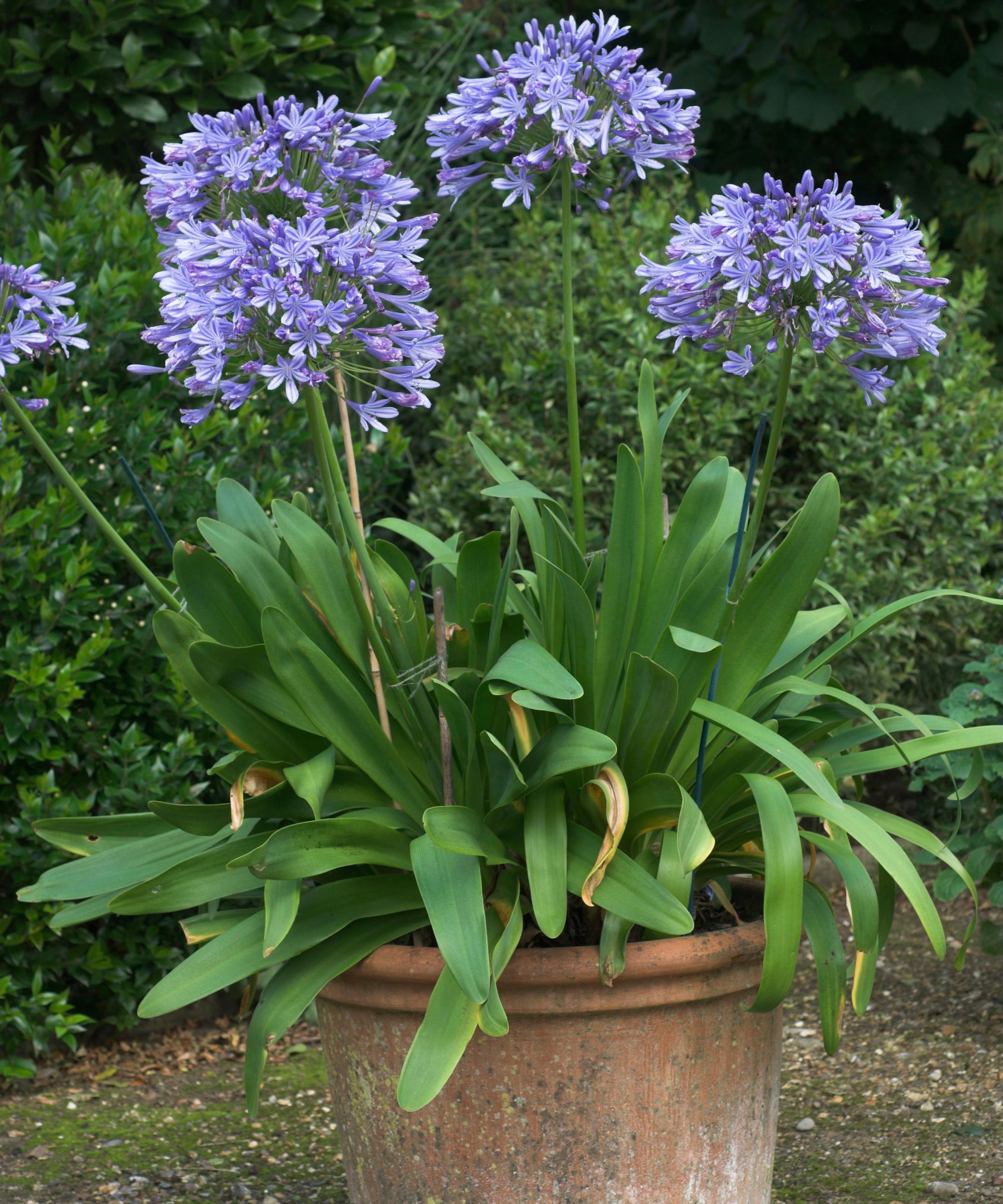
A key part of correctly feeding any plants is understanding the plant fertilizer numbers seen on the packaging of products. They show the make-up of nitrogen, phosphorus, and potassium – the three essential plant nutrients – in the form of three numbers separated by dashes.
For example, a balanced fertilizer will show 5-5-5 or 10-10-10. Understanding the nutrient make-up and what the fertilizer does for plants ensures you pick a feed to have the desired effect. This is crucial to avoid making any fertilizing mistakes that jeopardize plant health, along with using any product at the recommended rates.
An ideal feed to fertilize agapanthus in spring is a balanced, organic, slow-release fertilizer. A granular product like this should be mixed into the soil and watered in.
It contains all the essential plant nutrients and delivers them to the plant over an extended period. This means your agapanthus gets all it needs to grow strongly and healthily before blooming.
When you fertilize agapanthus again a couple of months later, just before blooming, you can use the same feed. Alternatively, a better choice is to use a feed higher in phosphorus and potassium that promotes more flowering and a longer season of strong blooms.
For example, Clemson University’s Home & Garden Information Center recommends: ‘A low-nitrogen, complete fertilizer that includes phosphorus is best, such as 5-10-15 or 8-8-8.’
At this stage, avoid using high-nitrogen fertilizers. These can impair blooming, as too much nitrogen encourages lots of lush, green growth at the expense of flowers.
Agapanthus in pots prefer regular feeding every week or two with a water-soluble product. These types of feeds are the best fertilizers for flowers in pots. They deliver nutrients quickly to plants, but need to be applied more often for the desired effect.
Choose a liquid fertilizer rich in phosphorus and potassium, such as a bloom booster, and apply it when you water plants, until the plants reach the end of their flowering cycle.
FAQs
Can I feed agapanthus with tomato feed?
A fertilizer formulated for growing tomatoes can be suitable to use on agapanthus in containers, as such products are high in phosphorus and potassium to promote strong blooming. One example of such a feed is this Espoma organic liquid tomato plant food, available at Walmart.
Is bone meal good for agapanthus?
Bone meal is an organic feed high in phosphorus. The ideal time to use bone meal is when planting agapanthus, as it will help the plant develop a strong root network. You can get natural bone meal at Burpee.
Can I put coffee grounds on agapanthus?
Coffee grounds can be good for plants, as they contain nutrients that are released into the soil as they decompose. However, there is no evidence that agapanthus are plants that like coffee grounds or significantly benefit from them.
Blue flowers are rare, but agapanthus do offer one opportunity to grow blooms in shades of blue. When it comes to getting true blue flowers, some shrubs and perennials can give you this rarer color for your backyard ideas. The likes of Himalayan blue poppy, plumbago, and blue hydrangeas top the list if you want to grow blue flowers and add such a calming shade to your garden.
Design expertise in your inbox – from inspiring decorating ideas and beautiful celebrity homes to practical gardening advice and shopping round-ups.
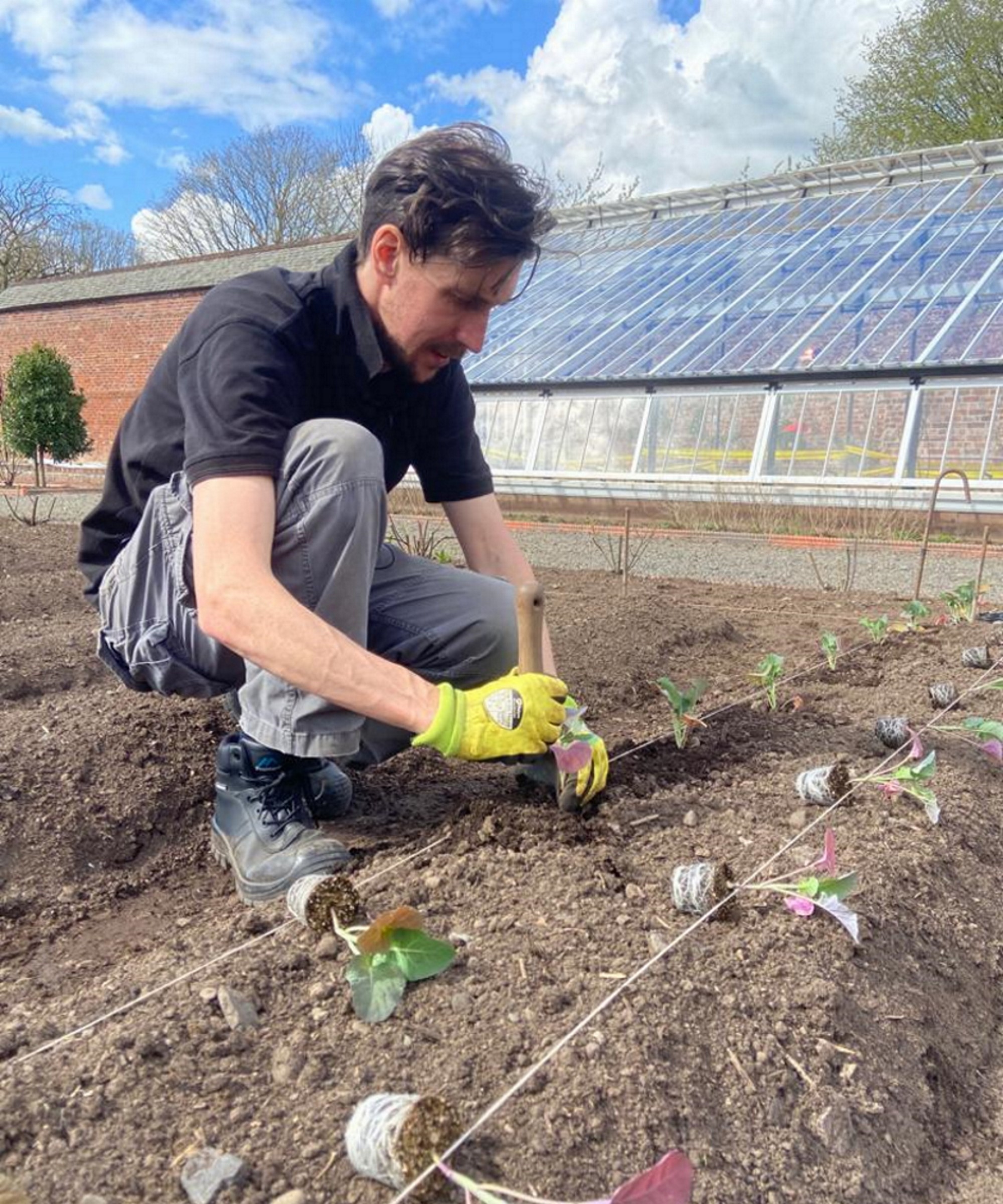
Drew’s passion for gardening started with growing vegetables and salad in raised beds in a small urban terrace garden. He has worked as a professional gardener in historic gardens and specialises in growing vegetables, fruit, herbs, and cut flowers as a kitchen gardener. That passion for growing extends to being an allotmenteer, garden blogger, and producing how-to gardening guides for websites. Drew was shortlisted for the New Talent of the Year award at the 2023 Garden Media Guild Awards.
You must confirm your public display name before commenting
Please logout and then login again, you will then be prompted to enter your display name.
